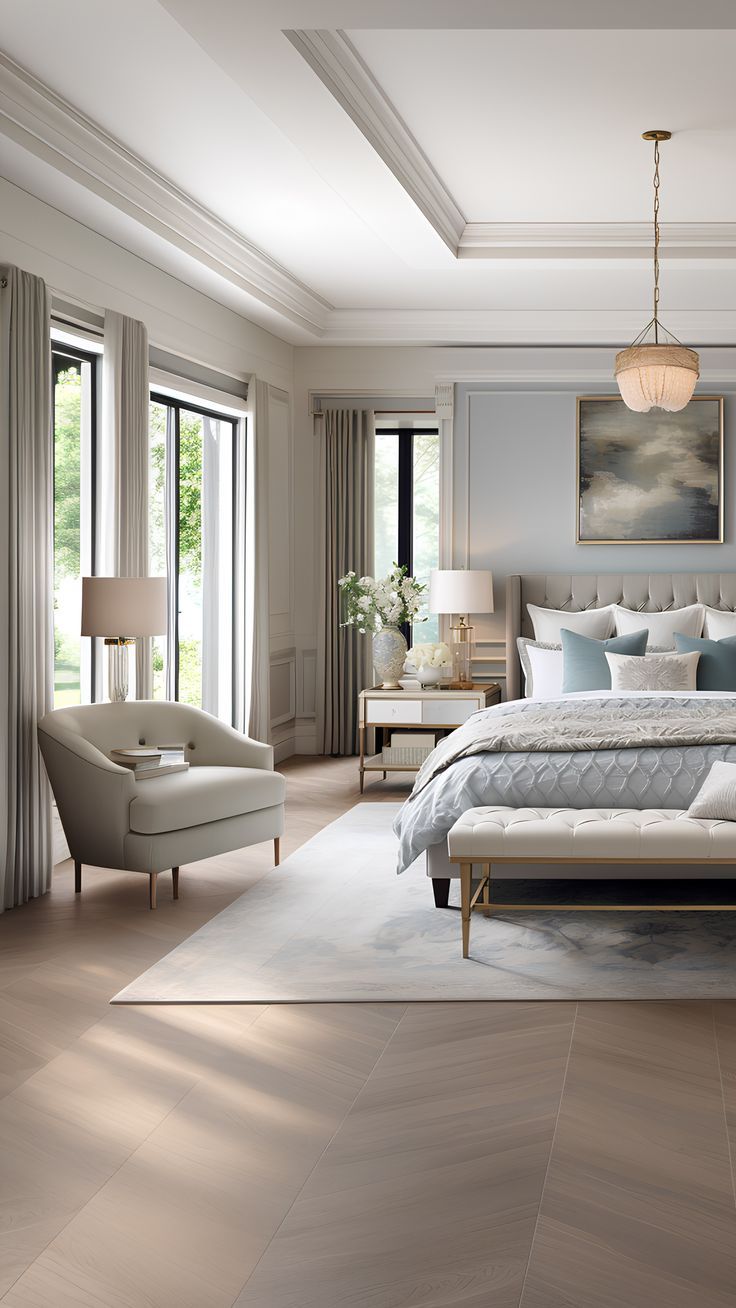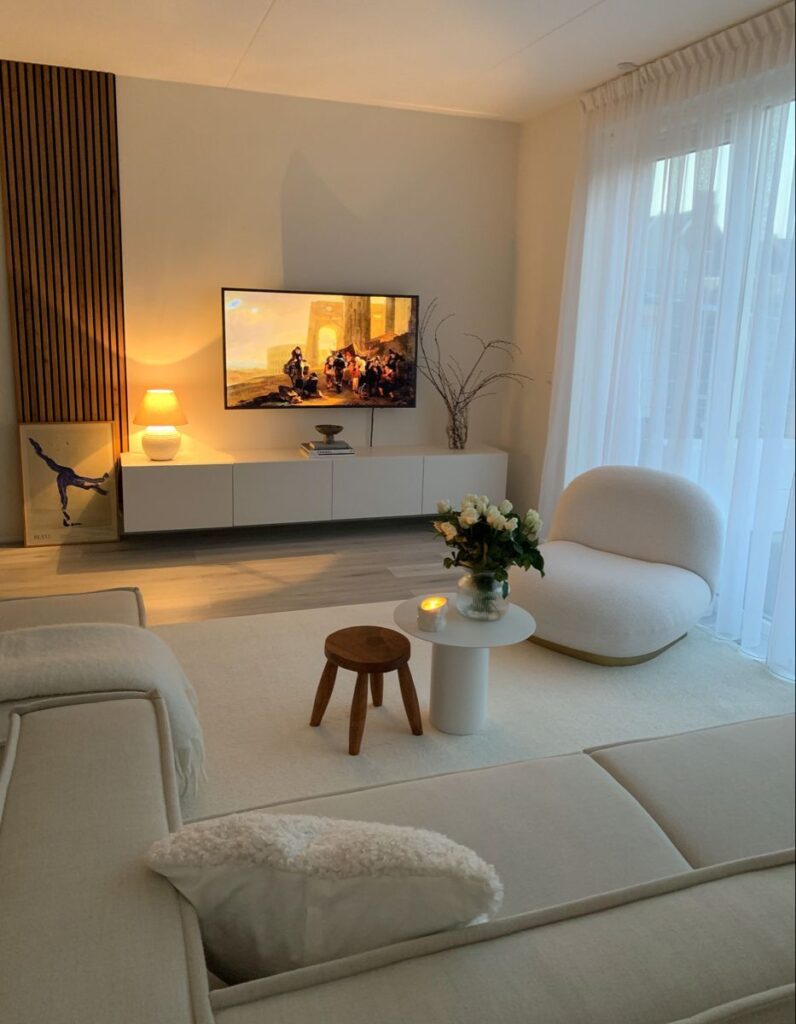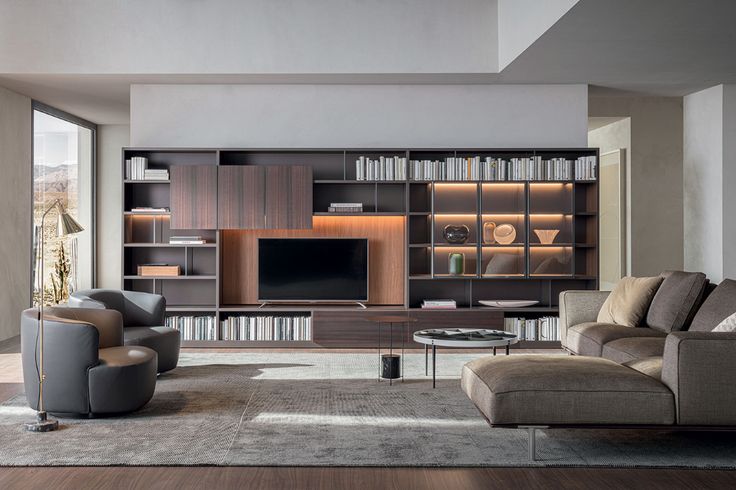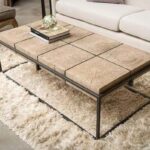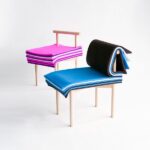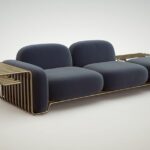Furniture design has come a long way over the years, with modern furniture making significant strides in functionality, aesthetics, and sustainability. The evolution of modern furniture design can be seen through the various trends that have emerged in recent years, reflecting changing tastes, technological advancements, and a growing emphasis on environmental consciousness.
One of the key trends in contemporary furniture design is the use of innovative materials and techniques. Designers are constantly experimenting with new materials such as carbon fiber, bio-plastics, and recycled materials to create furniture that is not only stylish but also sustainable. These materials are often used in combination with traditional materials like wood and metal to create unique and eye-catching designs that push the boundaries of what is possible in furniture design.
Another trend in modern furniture design is the focus on multifunctionality and versatility. With urban living spaces becoming smaller and more compact, designers are creating furniture pieces that can serve multiple purposes and adapt to different situations. For example, a sofa that can transform into a bed, a dining table with built-in storage, or a chair that can double as a desk are all examples of versatile furniture designs that cater to the needs of modern living.
Furthermore, contemporary furniture design is also characterized by clean lines, minimalist aesthetics, and a focus on simplicity. Designers are moving away from ornate and intricate designs in favor of sleek, minimalist pieces that emphasize form and function. This shift towards simplicity is reflective of a desire for a clutter-free and serene living environment, where furniture serves a purpose without overwhelming the space.
In addition, sustainability is a major driving force behind many modern furniture designs. As consumers become more environmentally conscious, designers are turning to eco-friendly materials and production methods to create furniture that is not only aesthetically pleasing but also environmentally friendly. This includes using sustainable wood sources, recycled materials, and energy-efficient production processes to lessen the environmental impact of the furniture industry.
Overall, the evolution of modern furniture design is a reflection of the changing needs and preferences of consumers in today’s fast-paced world. From innovative materials and versatile designs to minimalist aesthetics and environmental sustainability, contemporary furniture trends are pushing the boundaries of design and redefining what it means to create functional, beautiful, and sustainable furniture. As we continue to embrace new technologies and design principles, the future of modern furniture design looks bright and promising.
